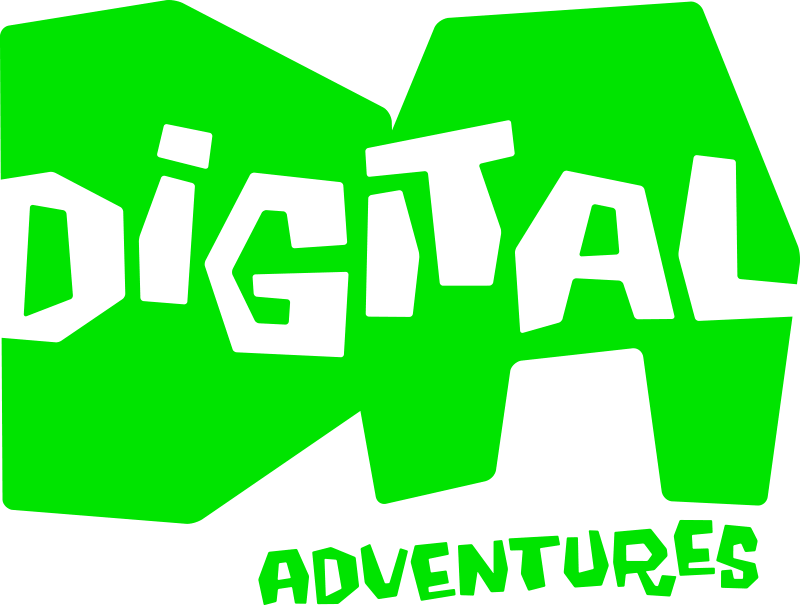Labels, Stereotypes & Truth in Tech

Categorized under: technology education for kids
In general, there tend to be labels and stereotypes that are ascribed to activities and interest. As humans, these labels and stereotypes can help our brain group and make sense of large amounts of information so that we can take action. For example, in sports we tend to label participants as above average athletic. In addition, one stereotype is that athletes are just dumb jocks or below average in intelligence. These labels and stereotypes can be especially limiting to those that sports don’t come natural to.
When we dig a bit deeper, we find that those who excel in sports not only have above average intelligence but also have worked hard over a period of years to develop their skills. In fact, Wayne Gretzky is famously known for saying that he doesn’t skate to where the puck is but instead where it’s going. This type of insight means that Gretzky would have to understand the physics of the puck including the friction of the ice and force that resulted from the most recent impact. He would then have to account for his own acceleration and position to move quickly to where the puck is going. If all his calculations were correct, then he would be able to meaningfully impact the play. Gretzky’s 4 championships suggests he had a good command of these things in addition to his physical gifts.
Most recently Kobe Bryant has created a show called, Detail, to analytically break down video of different plays and players in basketball. A few years ago, someone wrote a book entitled, Moneyball, that focused on how analytics could be used to better build teams in baseball. The truth is that within sports the labels and stereotypes tell an incomplete story. In reality, those who reach the top of the game are both physically and intellectually gifted.
Within technology, similar labels and stereotypes have existed for decades. From technology professionals being labelled socially awkward or introverted to stereotypes that engineering and coding can only be learned by those who are intellectually brilliant. In reality, technology is not a mysterious black box that outputs magic product & services that only a chosen few are capable of figuring.
These labels and stereotypes can limit the ultimate potential of the field as people who have the capability may opt out because their first few experiences reinforce the belief that learning to build with technology is difficult. At Digital Adventures, our mission is to teach kids how to build with technology so they can ultimately change the world. As a result, we think a lot about how to counterbalance inaccurate labels and stereotypes early so that we can create a larger, more inclusive community of creators.
The truth is that learning to build with technology is the result of repeated, deliberate practice over a period of time. In fact, this is the key to success in almost any discipline that you can think of. By building projects, experimenting, and failing; students ultimately learn to develop the confidence to independently create new inventions. In fact, many of the most brilliant developers are self taught. This meritocratic approach to learning and development means that the credential is your capability versus a degree from an educational institution.
While there are examples of brilliant technologists who have had similar experiences early in their development that have enabled them to reach higher peaks than most, this does not necessarily correlate with brilliance. Instead of assuming that people like Bill Gates & Mark Zuckerberg are exceptions, we need to figure out how to democratize access to coding & engineering design learning experiences so that we can answer the questions of if more young people have a similar experience will they reach similar or greater heights.
The story of Bill Gates unique experience was outlined in the Malcolm Gladwell book, Outliers. Years later, when Gladwell was interviewed about the key takeaway, he remarked that everyone got the point of the Bill Gates story wrong. He said that instead of being impressed that the world created 1 Bill Gates, we should’ve been disappointed that the world didn’t figure out how to give more kids that early learning experience so we could’ve had 1,000 Microsofts. Taking this argument to its logical conclusion, our goal at Digital Adventures is to figure out how to create an education technology program that can not only reach a large number of students but also create intentionality in our program about developing their creative problem solving skills so they can solve a wide variety of problems to positively impact the world.


 By:
By: